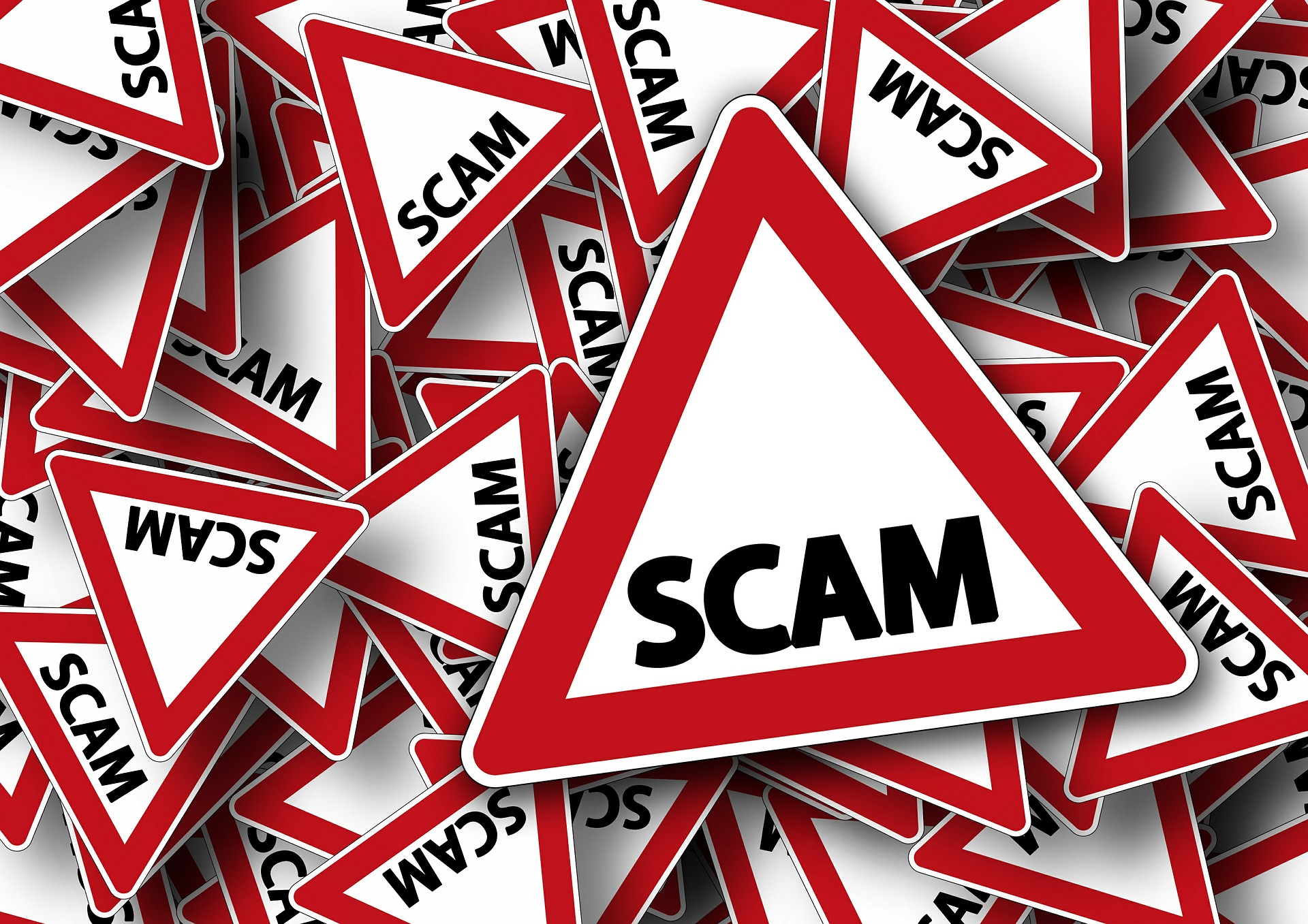The growing prominence of SMSFs has made them a ripe target for scammers.
More and more Australians are opting to forge their own future with a self-managed super fund.
According to the Australian Taxation Office, self-managed super funds (SMSFs) have continued to grow in value and popularity in recent years. Their latest numbers indicate that there are 593,000 SMSFs in Australia, accounting for approximately $733 billion in total assets.
“SMSFs had assets of over $1.3 million each on average in 2018–19, up by 5 per cent from the previous year and up by 22 per cent over five years,” the ATO said.
One report by IBISWorld suggested that SMSF assets made up almost a quarter — 24.7 per cent — of total super assets as of March 2020.
However, with that popularity has come new hazards for investors.
ASIC issued a fresh warning for SMSF scams back in May, recommending that investors undertake independent enquiries to ensure that the scheme is legitimate if they are contacted by a person or company encouraging them to open an SMSF and move funds.
“Investing in financial products always involves some level of risk, but it is also important to check that investment opportunities are legitimate before investing,” they said.
Speaking to sister title nestegg, Marisa Broome, the chair of the Financial Planning Association, reiterated the classic phrase: if it looks too good to be true, it probably isn’t.
“In a record-low interest rate and post-COVID environment, investors need to remain vigilant and not be tempted by supposedly attractive but questionable offers,” she said.
Ms Broome cautioned that while self-managed superannuation funds can be “a key strategic structural option” for many investors, they are “not for everyone”.
“They are complex, need active involvement by the members, and can be costly — both in actual fees and lost investment earnings if not managed well,” she said.
In her experience as a financial planner, Ms Broome said she has seen many examples of poor investments where investors are encouraged to set up costly structures within their SMSF to borrow funds.
These funds are then used to buy property “that is often overpriced, poorly located and possibly may result in a large commission being paid to the ‘introducer’ that is not disclosed to the client”.
Ms Broome said that while ASIC does put out alerts on investment scams, “many of these schemes do fly under the radar”.
“Some may even technically meet all the requirements of the law, but what they are actually selling is an investment that will never provide the promised returns,” she said.
“Seeking advice from a qualified financial planner will help in many areas, including to help you differentiate between a scam and a legitimate offer.”
Source: SMSF Adviser

